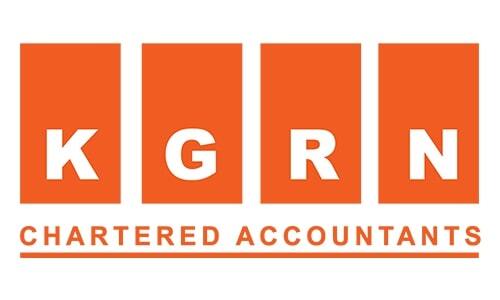The statement of cash flows, or the cash flow statement, is a financial statement that summarizes the amount of cash and cash equivalents entering and leaving a company. The Cash Flow Statement (CFS) measures how well a company manages its cash position, meaning how well the company generates cash to pay its debt obligations and fund its operating expenses. The cash flow statement complements the balance sheet and income statement and is a mandatory part of a company’s financial reports.
Following are the Tips to Have a Positive Cash Flow Statement:
1. Calculating Overhead
A businessperson may make wise decisions about how much money they can earn and spend if they are able to calculate how much money they need to run their company. He must include costs like rent, salaries, and other ongoing daily costs for your firm in this computation. If a company is able to cover crises, we may deal with such uncertainties without having an impact on cash flows.
Try to invest more money in the company while it is still in the early stages so that it can maintain a financially solid business environment.
2. Good Invoice Practice
The company needs a competent management team to keep accurate records of all business dealings. Make sure that bills are sent to consumers correctly and that cash is collected first. Give customers prompt warnings if there is any payment default on their part so that the company can get paid on time and operate successfully.
The majority of newly incorporated organisations utilise accounting software that has an excellent invoice management system that makes it simple for management to spot overdue invoices and take appropriate action.
3. Understanding Cash Flow Pattern
The management can have a comprehensive understanding of the entity’s cash flow pattern if they are able to comprehend how income is produced and expenses are incurred in the organisation.
Additionally, it should be clear about the return of defective goods following sales. Understanding all of these will aid the company in developing a precise understanding of how much cash will be created for the company and how much will be retained by the management as earnings for future business expansion.
4. Maintaining the Balance
Business shall be running as a cycle where the accounts receivables and accounts payables are having a balance. A balance in the sense, it is important to monitor the delicate balance between accounts receivables and accounts payables.
The accounts receivable and payable must be in balance for the business to operate in a cycle. A balance in the sense that it’s crucial to keep an eye on the precarious balance between accounts receivable and payable.
Otherwise, there is a chance that the company will suddenly run out of funds, which may be more likely in a slowing economy. Cash needs to be collected as soon as feasible since it might be used to pay account payables.
Although keeping the balance between accounts payable and receivable is not always simple, it is possible to do so and maintain a steady financial position with a dedicated effort and some tried-and-true tactics
5. Making the outflow thin
There exist some regular expenditures in businesses like purchase of inventory, payment made to employees and other operating expenses that are necessary to run a business.
These expenses are the ones we cannot stop in the functioning of the business. But there are other expenses that are not crucial in the functioning of businesses. The management should try to reduce this expenses or eliminate them if they doesn’t have much sense in the business.
Related Posts
ADNOC ICV Certification Agencies
Tag: accounting firms dubai, accounting firms in business bay dubai, accountant company in dubai, best accounting firms in dubai, accounting firms in dubai, auditing firms in dubai list, bookkeeping and accounting firms in dubai, accounting firms in dubai list, top accounting firms dubai, accounting firm in dubai uae







